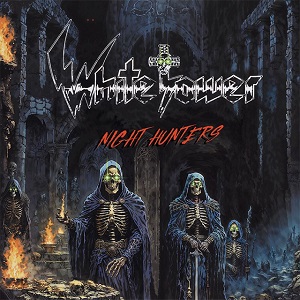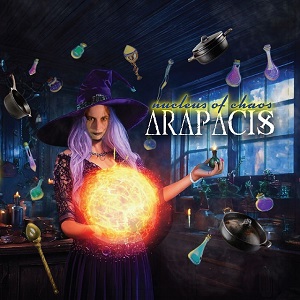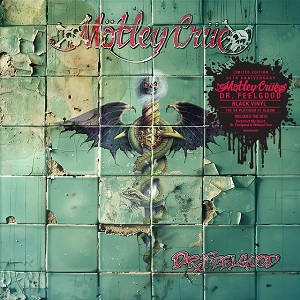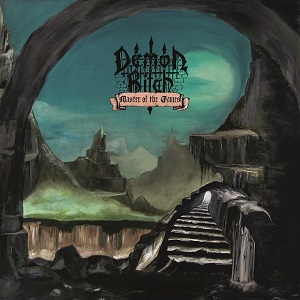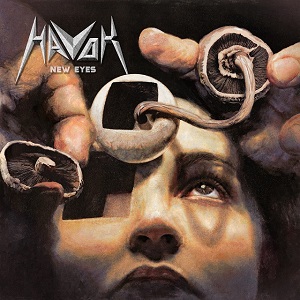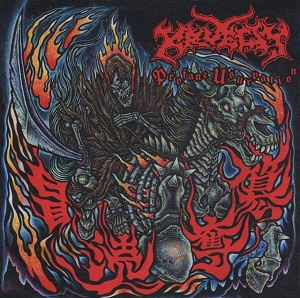RICK RUBIN On Joining AEROSMITH With RUN-D.M.C. On "Walk This Way" - "Their Groove Was Already In The Vocabulary Of Hip-Hop"
October 17, 2023, a year ago
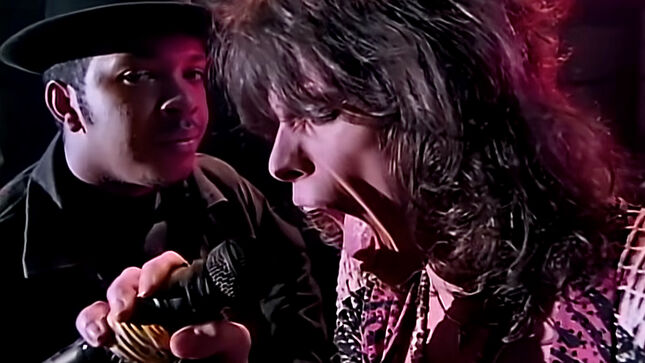
As his new book The Creative Act: A Way Of Being is published, legendary Def Jam founder and producer, Rick Rubin, sat down with AnOther Magazine's Jefferson Hack to discuss living a creative life and his storied music career.
In the following excerpt, Rubin discusses the making of "Walk This Way", the legendary rap/rock crossover hit by Run-D.M.C and Aerosmith...
Jefferson Hack: "'Walk This Way' – I need to understand how you made that happen."
Rick Rubin: "We had finished the Run-D.M.C. Raising Hell album. I listened to the whole thing and felt like something was missing. I had gone to dinner in Los Angeles with someone from a record company who wanted to be in business with us. The person said: 'What do you attribute the success of rap to, after all it’s not music?' In that moment, I had an understanding of this disconnect: there were the people who listen to hip-hop, and there was everyone else. To the people outside of this tiny community it was not music. Many of them hated it, and many of them just didn’t know what it was. I felt if we could find a song that was a known song, and if it still sounded like this familiar song but was done as a rap song by a rap group it would connect the dots for people who don’t think it’s music. So it really had a mission. It didn’t have a mission to be a hit, it had a mission to explain something: “This is music. This is not foreign.”
JH: "Who did you take the idea to first? Run-DMC or Aerosmith?"
RR: "I don’t think I took it to anyone. I probably started making the track. I can remember telling the idea to the band. Toys In The Attic was a breakbeat and a beat you’d hear at the hip-hop clubs, the groove was already in the vocabulary of hip-hop. People who like rap music never heard the song, they only heard the intro beat. The people who knew the song didn’t know rap music. But it was already living in both worlds, just broken into different pieces."
Read the full feature at AnOther Magazine.




